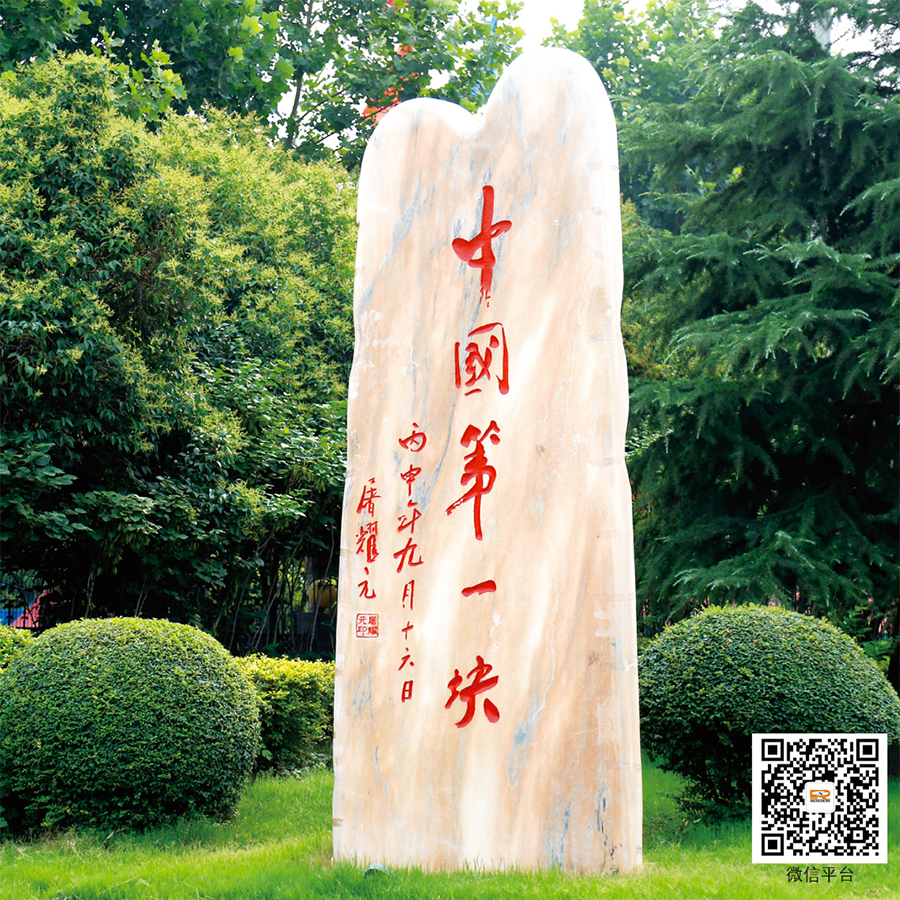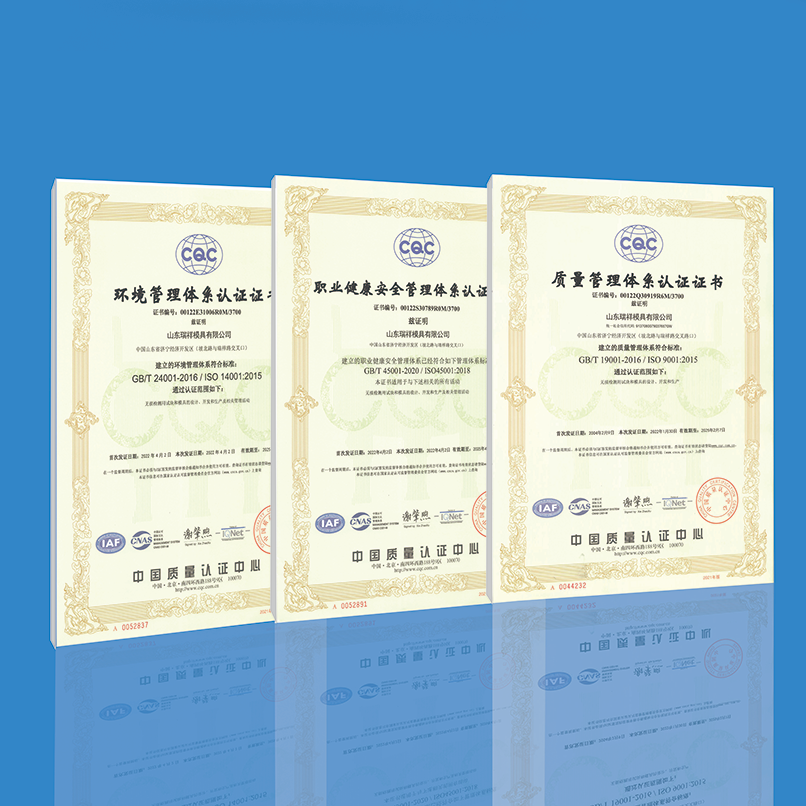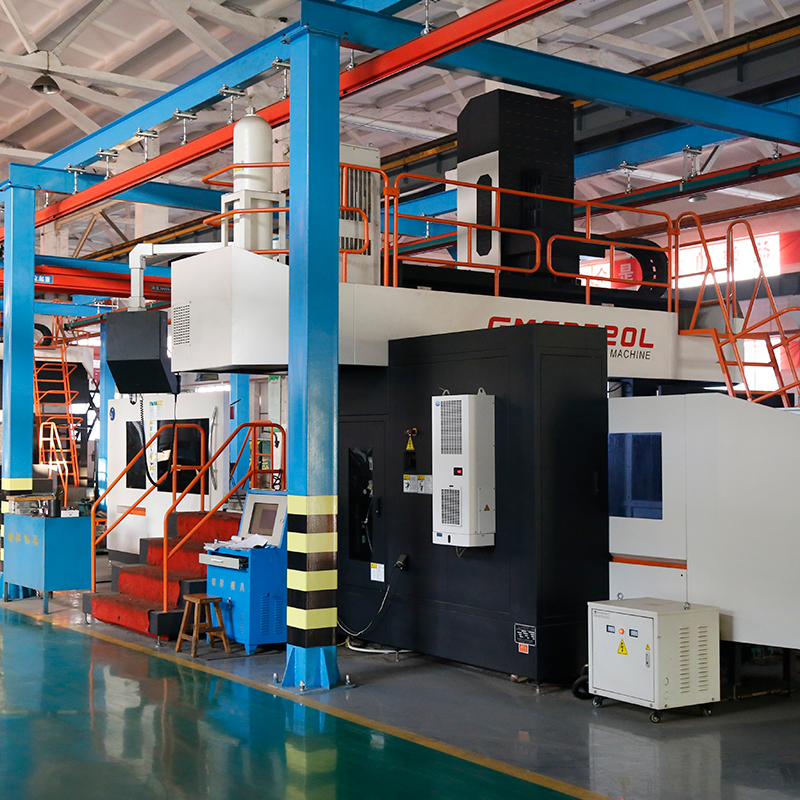Commonly used flaw detection methods
一, ultrasonic inspection
It is a non-destructive testing method to detect defects by using the property of ultrasonic wave to generate reflection at the interface in the medium and the law of attenuation when propagating.
Scope of application:
1, the longitudinal wave can be used to detect the metal ingot, billet, medium and thick plate, large forging and the shape of relatively simple parts of inclusions, cracks, shrink pipe, white spots, delamination and other defects;
2, the transverse wave can be used to detect the circumferential and axial cracks, scratches, pores in the weld, slag inclusion, cracks, incomplete welding and other defects in the pipe;
3, surface waves can be used to detect surface defects on castings with simple shapes;
4. Defects in thin plates can be detected with plate waves.
二, magnetic particle detection
It is a nondestructive testing method to show the surface and near-surface defects of ferromagnetic materials by the interaction of leakage magnetic field and magnetic powder.
Scope of application:
1, detect the surface and near surface size of ferromagnetic materials is very small, the gap is very narrow (such as can detect the length of 0.1mm, width of micron cracks) visual discontinuity is difficult to see;
2, can detect raw materials, semi-finished products, finished workpieces and parts in service, but also can detect plates, profiles, pipes, bars, welding parts, cast steel and forged steel, can find cracks, inclusions, hair lines, white spots, folding, cold insulation and loose defects.
三, X-ray detection
It is a nondestructive testing method to detect defects by using the different absorption of penetrating rays of the workpiece under test.
Radiography has been widely used in the internal quality inspection of welds and castings, such as the welds of various pressure vessels, boilers, hulls, oil and gas pipelines, various cast steel valves, pump bodies, oil drilling and pressure castings in chemical and oil refining equipment, precision casting turbine blades, and various aluminum-magnesium alloy castings used in aviation and automotive industries.
四, penetration detection
It is a nondestructive testing method for detecting open surface defects of materials using the principle of capillary action.
Scope of application:
1, detect (steel, heat-resistant alloy, aluminum alloy, magnesium alloy, copper alloy) and non-metallic (ceramic, plastic) workpiece surface opening defects, such as cracks, porosity, porosity, slag inclusion, cold insulation, folding and oxidation spots. These surface opening defects, especially subtle surface opening defects, are generally difficult to find by direct visual inspection.
2, can detect magnetic materials, non-magnetic materials, ferrous metals, non-ferrous metals, non-metallic, welding parts, castings, calender parts and forgings, mechanical workpiece, etc.
In conclusion, ultrasonic and X-ray inspection are suitable for detecting internal defects. The ultrasonic wave is suitable for parts with a regular shape and more than 5mm, and the X-ray can not locate the depth of the defect, and there is radiation. Magnetic particle and penetration testing are suitable for detecting surface defects of parts. Among them, magnetic particle detection is limited to the detection of magnetic materials, and penetration detection is limited to the detection of surface opening defects.









